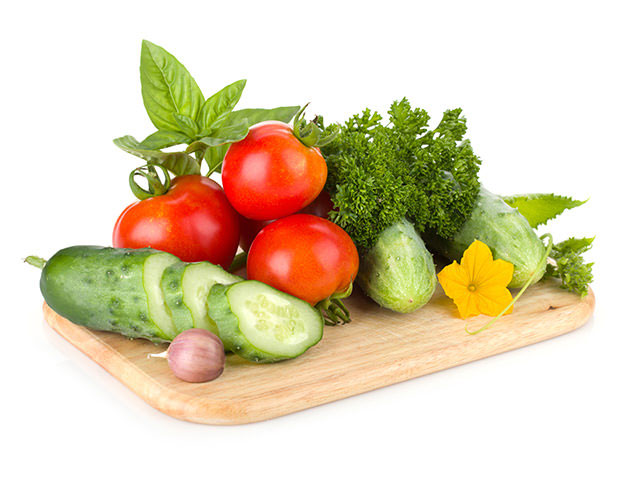Handling foods safely is an important part of staying healthy. If your food is not safely prepared, it can make you or someone else sick. Many older adults are used to cooking for themselves, while others, such as recent widowers, may have little cooking experience. It is important for anyone who handles food or cooks their own meals to know how to keep food safe and avoid foodborne illness.
Take these simple steps to avoid foodborne illnesses when handling and preparing food.
Wash your hands before and after handling food. Wash cooking items frequently during food preparation.
Rinse fresh fruits and vegetables thoroughly. Thaw frozen foods properly. Cook foods to safe internal temperatures. Store foods properly. Keep raw and ready-to-eat foods separate. Avoid some foods entirely. Pay attention to expiration dates.
Whether at home or away from home, be sure to wash your hands with soap and warm water before and after handling food and after using the bathroom, changing diapers, and handling pets. Hand washing is especially important after handling raw meat, poultry, fish, seafood, and eggs.
Be sure to rinse fresh fruits and vegetables under running tap water, including those with skins and rinds that are not eaten. Do not use detergent or bleach.
Unlike fruits and vegetables, raw meats and poultry do not need to be washed. Washing these raw foods might get rid of some bacteria but can increase the chance of spreading bacteria to other foods, surfaces, and utensils. Cooking these foods to a safe internal temperature will destroy any bacteria on the food.
If you plan to use frozen foods, thaw them safely. Don’t put frozen foods on the counter to thaw at room temperature. Instead, put the food in the refrigerator. Keep the juices from thawing meats and poultry from dripping onto other foods by putting them in containers or on a plate. Raw juices may contain harmful bacteria.
For faster thawing, put the frozen food in a leak-proof plastic bag and immerse it in cold water. Change the water every 30 minutes, and cook the food immediately after thawing. You can also thaw food in a microwave if you plan to cook it right away.
EATING SAFELY
Meat and poultry need to be cooked to certain temperatures to kill harmful bacteria.
Cook these foods to the following safe internal temperatures.
Beef, veal, and lamb steaks, roasts, and chops should be cooked to 145 °F.
Ground beef, veal, and lamb should be cooked to 160 °F.
Pork should be cooked to 160 °F.
All poultry should reach a minimum internal temperature of 165 °F.
Use a food thermometer to check the internal temperature of the food.
Fish, seafood, and eggs need to be cooked to certain temperatures to kill harmful bacteria. Cook these foods to the following safe internal temperatures.
Fish and seafood should be cooked to 145 °F.
Eggs should be cooked to 160 °F.
Leftovers should be reheated to 165 °F .
Use a food thermometer to check the internal temperature of the food.
It is important to store foods properly. You should refrigerate or freeze meat, poultry,
fish, seafood, and eggs. Never let these foods, or cut fresh vegetables or fruit, sit at
room temperatures for more than two hours before storing in the refrigerator or freezer.
If the temperature in the room is 90 degrees Fahrenheit or above, you should put the
food away after one hour.
Most foods are safe after cooking to a safe internal temperature and refrigerating promptly. Keep cold foods cold and hot foods hot. Bacteria grow quickly in the “danger zone” between 40 degrees and 140 degrees Fahrenheit.
Don’t keep refrigerated leftovers more than 3 to 4 days. Even if the food looks and smellsfine, it may not be safe to eat after that time. If you question the safety of any food, throw it out without tasting it.




